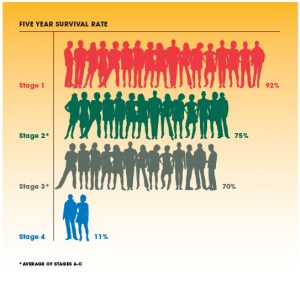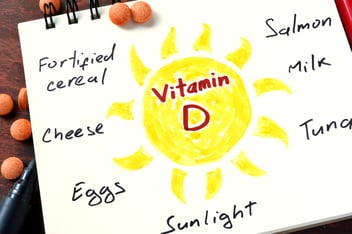At SEKISUI Diagnostics, our products directly impact the quality of patient lives, ranging from doctor’s offices to hospitals. This story focuses on the clinical chemistry products we manufacture at our PEI facility, illustrating their importance through the journey of one patient, Marjorie.

Marjorie, a 35-year-old woman, was excited to attend her cousin's baby shower. The event was a joyous occasion full of games and presents. However, as the day progressed, she noticed family members looking at her oddly. While helping clean up, her concerned aunt pulled her aside and asked if she had been feeling well, pointing out the yellow tint in Marjorie's eyes and skin.
Marjorie’s aunt insisted on taking her to the hospital, where she overheard a child’s innocent remark about her yellow skin. This symptom, known as jaundice, prompted immediate concern from the attending physician. They ordered extensive tests to identify the root cause, especially focusing on her liver. However, all the tests returned normal results except for the direct and total bilirubin tests. This left the medical team puzzled since her organs appeared healthy, but her bilirubin levels were high.

The healthcare team decided to monitor Marjorie in the hospital for potential invasive procedures if necessary. After two days, the jaundice began to subside as her bilirubin levels decreased. Over the next three days, her skin returned to its usual color. Her health care team noted that jaundice can sometimes resolve on its own due to a viral infection or an autoimmune reaction, which is precisely what happened in her case.
While Marjorie was recovering, her cousin gave birth, and the baby also appeared jaundiced. The physicians assured both Marjorie and the newborn were scheduled for follow-up testing to verify their continued health.
Understanding Jaundice
Jaundice manifests as a yellowish discoloration of the skin, mucous membranes, and the whites of the eyes due to elevated bilirubin levels in the blood. In adults, jaundice often signals liver damage or disease1, necessitating a comprehensive medical evaluation to identify its cause. A blood test for bilirubin is the starting point of this assessment.
In newborns, jaundice is common, particularly in premature babies. It usually occurs because their liver isn’t mature enough to process the bilirubin in their blood. Depending on the bilirubin level, treatment may range from simple monitoring to phototherapy. In rare cases, extremely high bilirubin levels can pose a risk of brain damage, emphasizing the importance of close monitoring.
Other causes include infections of the liver by a virus (hepatitis A, hepatitis B, hepatitis C, hepatitis D, and hepatitis E) or disorders present since birth such as Gilbert syndrome, Dubin-Johnson syndrome, Rotor syndrome, or Crigler-Najjar syndrome1.

Conclusion
This journey underscores the importance of clinical chemistry products in providing accurate and timely diagnoses, supporting the health care team in making crucial decisions. We are proud to play a part in stories like Marjorie’s, ensuring accurate bilirubin testing that leads to proper care and peace of mind for patients and families.
References:



Share Article